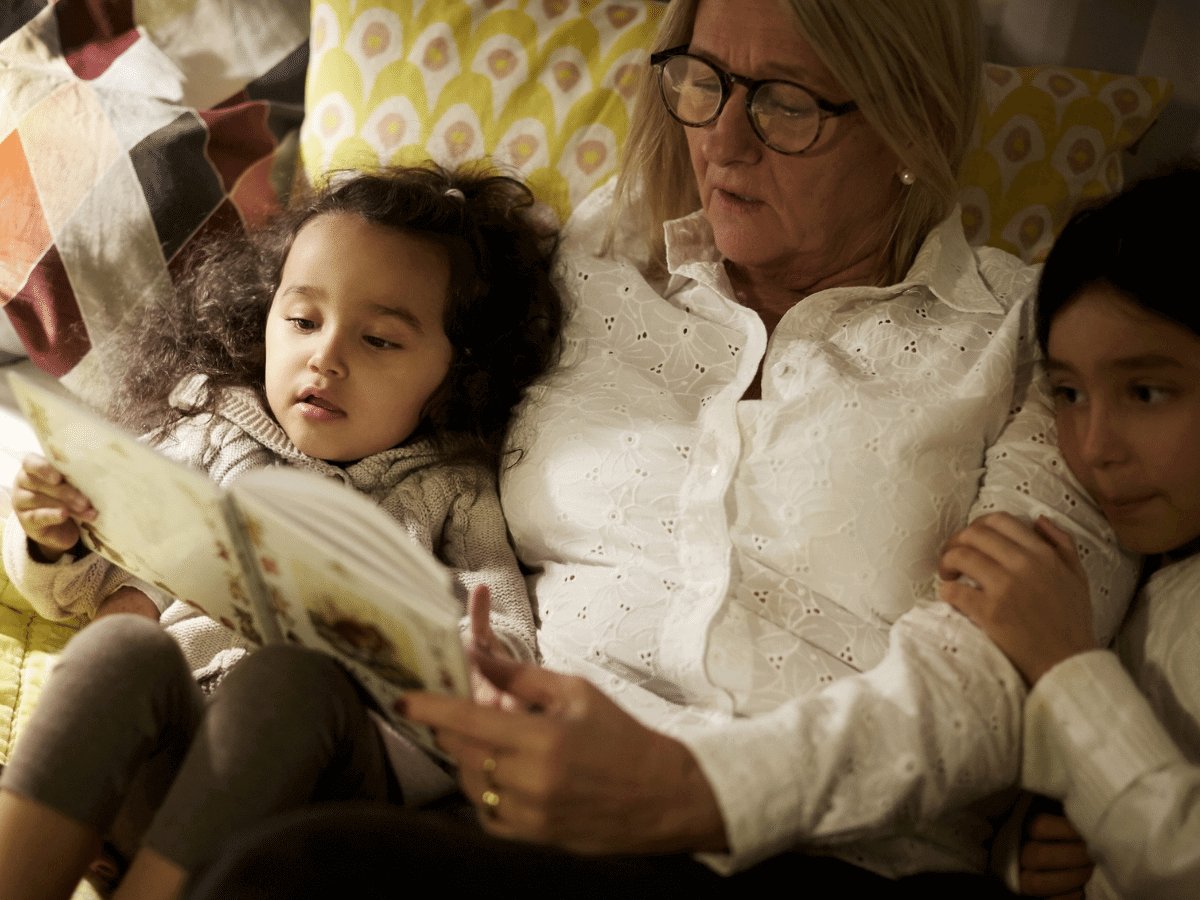Pediatric Sleep Apnea

Does your child snore at night? Does your child have pauses in breathing, toss and turn in bed, or often breathe through the mouth during sleep? Does your little one wake up other members of the household at night because of sleep problems? All of these, especially snoring, can be signs of breathing problems during sleep known as obstructive sleep apnea. Between 1-4% of all children have problems with breathing during sleep. Pediatric sleep apnea is most common between the ages of 2 and 8.
Sleep apnea occurs when a person stops breathing during sleep. It usually is caused by something blocking the upper airway. When we sleep our muscles relax and the tissues in the back of the throat collapse. In children, the most common issue is that the tonsil tissue in the back of the throat collapses and makes it hard to breathe.
Symptoms of obstructive sleep apnea in children include the following:
- Snoring, often associated with pauses, snorts, or gasps
- Heavy breathing while sleeping
- Restless sleep or sleeping in unusual positions
- Bedwetting
- Daytime sleepiness
- Behavior problems
Untreated sleep apnea in children can lead to a host of problems. Without a good night’s rest children may have fatigue, mood problems, inattentiveness, behavior problems, hyperactivity, or poor impulse control. School performance can be affected and teachers may think a child has attention deficit hyperactivity disorder (ADHD) or a learning problem. Snoring can become a social problem if a child disturbs others during naps at school or has to share a bedroom with others. Sleep problems can also contribute to abnormally slow growth and obesity in children. Children with sleep problems are more likely to have high blood pressure and heart problems later in life.
Sleep apnea is diagnosed with a sleep study (polysomnogram). In this test, the child is monitored while he or she sleeps. During the sleep study, a doctor is able to monitor heart rate, breathing patterns, brain waves, blood oxygen levels, snoring and other noises, and body movements and sleep positions. The doctor can evaluate how long the patient spends in each sleep stage and determine the quality of sleep.
Many are familiar with the use of a continuous positive airway pressure (CPAP) machine to treat adults with sleep apnea. However, in children the approach is different. Surgical removal of the tonsils and adenoids is the most common treatment. This outpatient surgery eliminates symptoms of 70-90 percent of the time. The most common problems with surgery are pain and bleeding. After surgery, it can take 6-8 weeks for sleep to return to normal.
Dr. William Dement, the father of sleep medicine, often said: “You’re not healthy unless your sleep is healthy.” If you have concerns about your child’s quality of sleep you should speak with your pediatrician. Addressing snoring issues in your child now can help them be healthier now and in the future.



